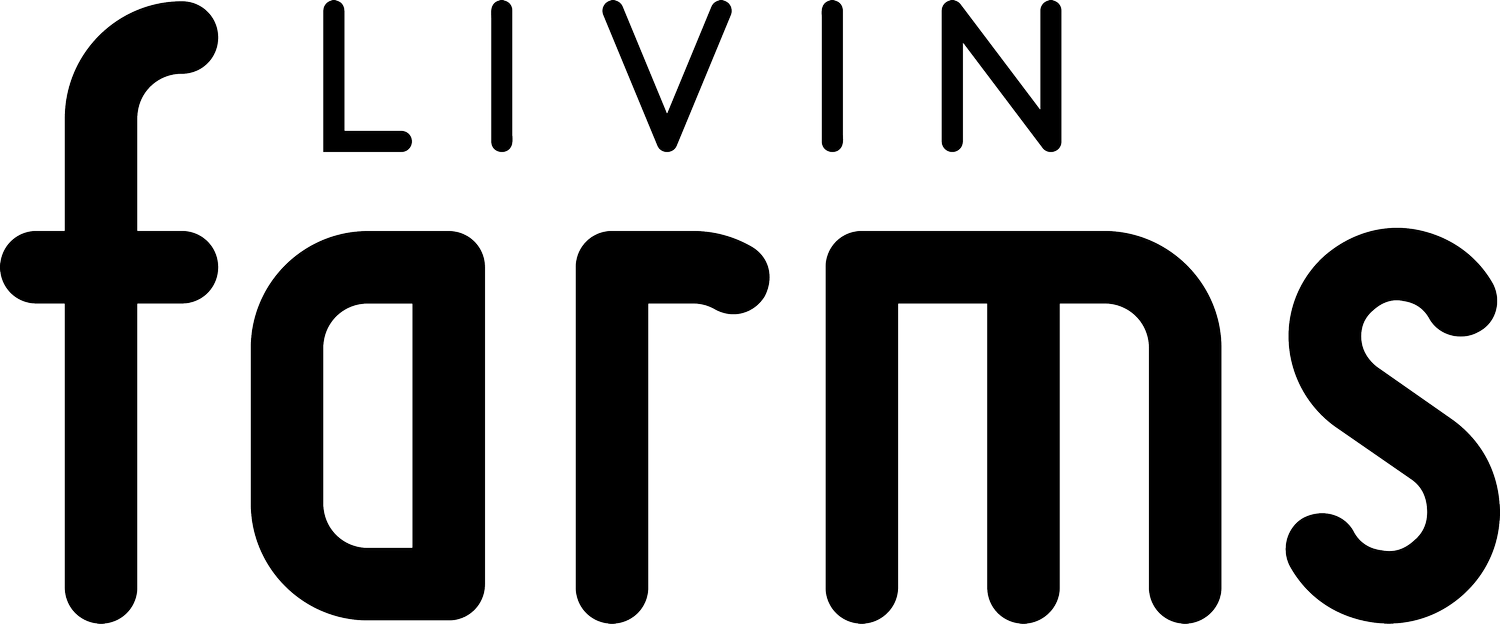Insect frass fertilizer achieves +17% Yield in southeast Austria
Over the past months, we have been testing our insect frass fertilizer in the southeast region of Austria. The results have shown the positive effect of the use of Wurmgold.
At the beginning of the summer season, we conducted a test where we added our insect-pelletized fertilizer to a field of organic soybean. Our fertilizer contains a total of 3.4% of nitrogen, 5% of phosphate, and 2.4% of potassium oxide. Those nutrients play an essential role in boosting the growth of crops. In addition to that, the shell of the black soldier fly consists of chitin, which is also present in the fertilizer. The presence of chitin has a positive impact on plant resistance to fungal and pest infestation and it, therefore, helps the plants to become more vital and resilient.
A few weeks after planting, we compared the size of the crops, and we observed the following:
Control
Wurmgold
Relative difference
Height (cm)
73
88
17%
Number of leaves
32
51
37%
Number of Pods
16
32
50%
Insect frass fertilizer achieves a +17% increase in Yield
Control (Kg/Ha)
Wurmgold (Kg/Ha)
Relative Difference
Yield
2004
2350
17,3%
We have observed a growth in the size of the crops as well as the number of soybeans that have been produced by the plants. The crops that were boosted with our Wurmgold produced more beans than the ones without it.
By applying our frass fertilizer, the structure and texture of the soil improved. By providing organic matter, it stimulates microbial life and soil activity. Moreover, it provides all the nutrients necessary for the development of the plants, and the 100% natural fertilizer promotes their growth and increases crop yield. Currently, a sample of the harvested soybeans is being analyzed and we will share the relevant results with you in our next article!
If you wish to learn more about our black soldier fly insect fertilizer, feel free to visit our homepage, www.wurmgold.com
